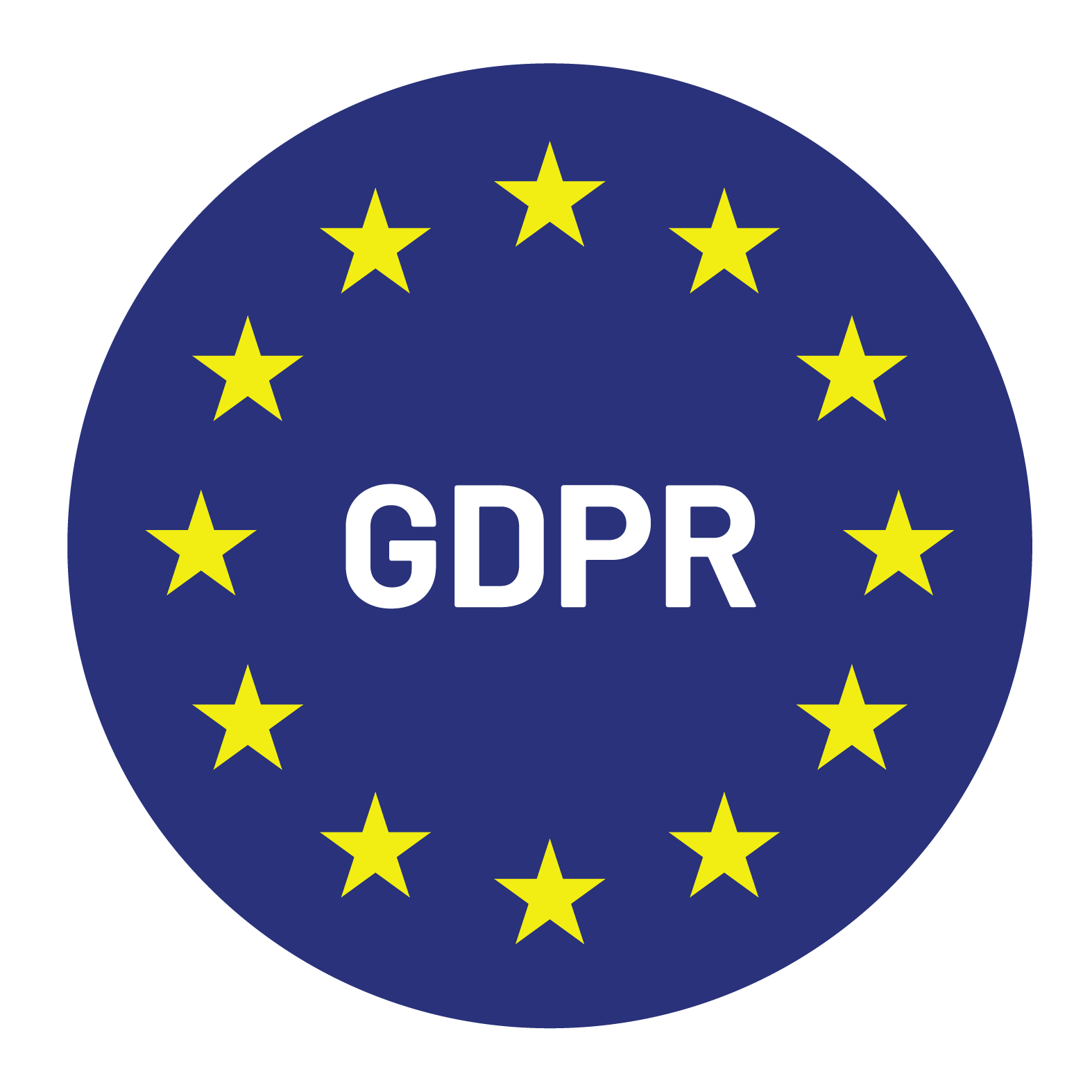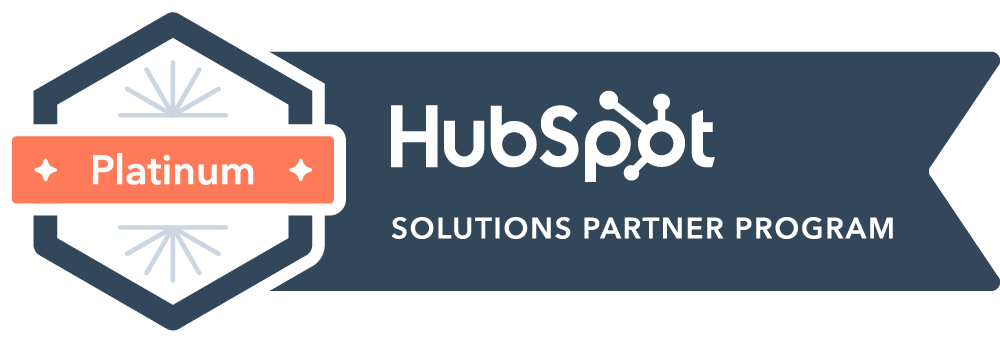

Content Writer for Whistle with multidisciplinary experience spanning over a decade.
B2B companies often underestimate how damaging poor lead generation can be. It is not just about the wasted spend on acquiring irrelevant contacts. Low-quality leads ripple through the entire sales pipeline, inflating costs, reducing productivity, and stretching sales cycles.
Poor lead generation can be defined simply: prospects who lack buying intent, fall outside the target market, or lack decision-making authority. On paper, they look like pipeline opportunities. In reality, they drain sales teams’ time, inflate acquisition costs, and distort performance metrics.
The impact is significant. According to Ascend2, 77% of B2B marketers cite improving lead quality as one of the most important goals in their lead generation strategy, and 53% identify it as their most significant barrier. For SaaS businesses, where sales cycles are lengthy and acquisition costs are closely scrutinized, poor lead generation is more than inefficient — it is expensive.
Appointment generation companies exist to solve this problem directly. By qualifying prospects, aligning outreach with market needs, and focusing on meetings with genuine decision-makers, they prevent businesses from paying the hidden costs of poor-quality leads.
The true cost of poor lead generation becomes clear once you follow the money. Every weak lead has a ripple effect that compounds over time.
Marketing teams often track cost per lead, but that metric hides the reality. A low-cost lead that never converts is not cheap. What matters is cost per acquisition (CPA). If it takes 50 poor leads to generate a single customer, CPA balloons beyond sustainable levels.
A simple framework illustrates the point:
CPA = (Total Spend on Lead Generation) ÷ (Number of Customers Acquired)
Without quality filtering, spend increases while conversion rates fall. This is how poor leads silently inflate acquisition costs.
Sales development representatives (SDRs) and account executives are expensive resources. When they spend hours chasing unqualified prospects, salaries and commissions turn into sunk costs. If an AE spends 20 percent of their time on low-quality leads, that translates directly into reduced pipeline and missed revenue opportunities.
Every poor lead still enters the system. That means CRM entries, automation workflows, and data enrichment costs, all applied to prospects who will never buy. Multiply this across thousands of weak contacts, and infrastructure costs rise for no return.
Paid campaigns, webinars, and content distribution all contribute to leads. If the targeting is wrong or the qualification is absent, those dollars vanish without a measurable return. Many SaaS companies find that a large portion of marketing spend fails not because of volume but because of poor alignment with buyer intent.
Appointment generation companies specialize in fixing the inefficiencies that poor lead generation creates. Their model is designed to prioritize quality over volume, and that distinction changes outcomes across the pipeline.
Appointment setting partners build detailed profiles of the target market and decision-making personas. They know the industries, titles, and buying signals that matter, and they apply this expertise before a single outreach email is sent.
Instead of filling the funnel indiscriminately, appointment generation services focus on identifying prospects who are actively researching solutions or who match established buying criteria. This alignment increases conversion rates and shortens sales cycles.
These companies operate with infrastructure already in place: advanced sales engagement platforms, intent data tools, and experienced SDR teams. Businesses gain access to these systems without building them internally.
Because appointment setting companies already have trained staff and established processes, businesses can scale outreach up or down quickly depending on goals. This avoids the overhead of hiring or downsizing internal teams.
Recruiting SDRs is expensive and time-intensive. Training them to full productivity can take months. Appointment generation companies provide ready-to-go SDRs who are already trained in outreach, qualification, and appointment booking.
Not all appointment generation providers operate at the same level. Choosing the right partner requires evaluating key features that indicate quality and reliability.
Experience in your industry matters. An SDR who understands SaaS sales conversations, for example, will perform better than one without that context.
Clear reporting on outreach volume, conversion rates, and meetings booked allows you to measure ROI accurately. Transparency prevents the risk of paying for activity rather than results.
Look for providers that monitor and review calls, validate data quality, and enforce consistency. Quality assurance ensures that meetings booked are truly with qualified decision-makers.
A strong partner will integrate seamlessly with your CRM and tech stack. This avoids data silos and ensures sales teams can act immediately on booked meetings.
Clear pricing structures tied to measurable outcomes give businesses confidence in ROI. The right model should reduce risk and align incentives with your success.
Whistle has worked with companies across industries to turn weak pipelines into measurable revenue. A clear example is Argus Cyber Security (now PlaxidityX), a global leader in automotive cybersecurity.
Argus faced low inbound conversion rates, winning just 2 out of every 83 qualified leads. Their Account Executives relied mainly on email and lacked structured qualification processes, which limited results.
Whistle introduced stronger qualifications, added transparency, and provided one full-time seat (two SDRs) to manage leads and prospect engagement. Within three months, the campaign delivered 29 meetings, 6 SQLs, $750,000 in opportunities, and a 41x ROI. An internal survey showed 83 percent of employees rated the project positively.
Engaging with an appointment generation company is not a long, disruptive process. Most businesses begin to see results within weeks.
The process typically starts with a workshop to define the target market, value proposition, and qualification criteria. From there, SDR teams align messaging and build outreach cadences.
Early appointments often begin within the first month, with optimization occurring in the following 60–90 days as campaigns are refined. The ability to test messaging and adjust quickly accelerates performance.
Integration with existing CRM systems ensures that booked appointments flow seamlessly into the sales team’s workflows. This prevents handoff issues and ensures accurate pipelines.
At Whistle, onboarding is designed for speed and clarity. Target markets are mapped precisely, outreach begins quickly, and reporting provides full transparency from the start. Companies that work with Whistle typically see structured, qualified meetings within the first 30 days and compounding improvements as campaigns mature.
Poor lead generation is not a minor inefficiency. It is a direct cost that inflates acquisition spend, drains sales productivity, and reduces marketing ROI. Appointment generation companies exist to eliminate these costs by filtering out weak leads and delivering meetings with real decision-makers.
For SaaS and B2B companies managing high acquisition costs, this is no longer optional. The difference between a pipeline full of noise and a calendar full of qualified meetings is measurable growth.
Whistle has built its reputation on helping businesses replace wasted spend with structured, results-driven appointment generation. If your team is ready to evaluate the true cost of poor lead generation, start by assessing where your pipeline spend is going, and explore how Whistle’s expertise can transform those numbers into measurable returns.


© Copyright – Whistle 2023